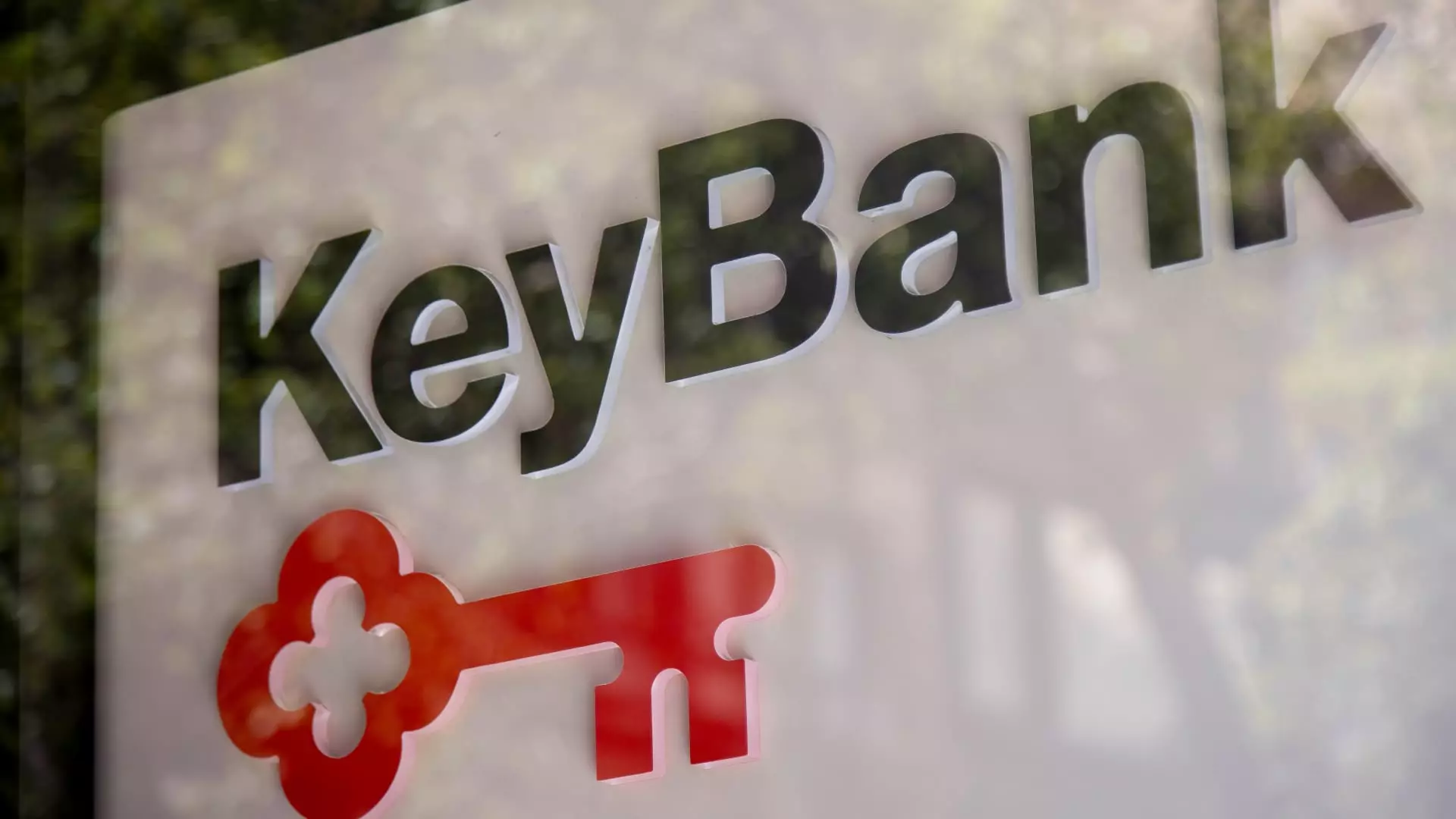Why Regional Banks Are Emerging as Attractive Investment Opportunities

Investors seeking both strong yields and potential capital appreciation should consider the rising appeal of regional banks. With several financial institutions boasting dividend yields over 4%, regional banks are becoming an attractive alternative to traditional treasury securities and high-yield savings accounts. The anticipated interest rate cuts from the Federal Reserve, particularly following its policy meeting in mid-September, pose a critical shift in the investment landscape, prompting many to re-evaluate their portfolios.
As the Federal Reserve gears up for a possible reduction in interest rates, the landscape for fixed income investments such as U.S. Treasury securities appears increasingly bleak. Short-term Treasurys and other traditional savings instruments may soon deliver lower returns, which is particularly significant given that these rates have been the go-to for conservative investors seeking stability. Recent trims in interest rates on certificates of deposit (CDs) by major banks like Sallie Mae and Wells Fargo, which reduced rates by 15 basis points each, are indicative of this trend. The yields for one- and two-year CDs now stand at approximately 4.8% and 4.05%, respectively.
Such shifts make the regional banks’ robust dividend yields more appealing. A report from Janney Montgomery Scott illustrated that some regional banks currently offer yields that surpass the 3.75% yield on a 3-year Treasury. This situation is compounded by the fact that many banks in this category have a history of regular dividend payments. Timothy Coffey, leading analyst at Janney, noted how these institutions have sustained their dividend growth even in challenging economic climates marked by reduced loan demand and rising funding costs.
While enticing, the promise of high dividend yields comes with inherent risks. High dividends can often signal that a bank’s stock price is facing downward pressure, which poses a double-edged sword for investors. It is crucial to remember that dividends are not guaranteed; if a bank’s financial health deteriorates, they may cut or suspend these payments. Thus, investors need to exercise caution and conduct thorough due diligence on any bank they consider investing in.
Consequently, an assessment of the underlying health of these banks—such as their net interest margins—is vital. This metric gauges the bank’s profitability by measuring the difference between interest earned from loans and interest paid to savers. Investors should also keep a pulse on broader economic conditions, as these factors can significantly influence bank performance.
Janney’s report highlighted several regional banks poised for growth in today’s challenging financial environment. Regions Financial, for instance, has seen its stock price rise nearly 20% in 2024, and it currently offers a respectable dividend yield of 4.3%. Analysts have mixed sentiments about Regions, with a considerable portion of them suggesting a neutral stance, largely due to the prevailing caution among consumers amidst economic slowdown. Nonetheless, positive signals have emerged from the bank’s management about their improving net interest income trajectory and robust fee-based revenues.
Another noteworthy name is KeyCorp. Located in Cleveland, this regional bank has experienced an impressive year-to-date stock increase nearing 17%, alongside a dividend yield of 4.9%. Analyst opinions are predominantly favorable, with around 60% of analysts recommending KeyCorp as a buy or strong buy. Furthermore, the recent strategic investment from the Bank of Nova Scotia, involving $2.8 billion for a minority stake in KeyCorp, enhances the bank’s market positioning and prospects for growth.
Other regional banks such as Huntington Bancshares and Truist Financial are also gaining attention. Huntington has seen a 16% stock price increase this year, offering a dividend yield of 4.2%, while Truist boasts a remarkable growth rate of 20% and a dividend yield of 4.7%. Such compelling metrics foster confidence that these banks can navigate through economic uncertainties.
For investors attracted to the dual promise of yield generation and potential capital appreciation, regional banks present an enticing proposition. The favorable dividend yields offered by these institutions, combined with positive financial signals and strategic initiatives, make them a compelling alternative as conventional investment options dwindle in the wake of anticipated interest rate cuts. However, like any investment, vigilance and comprehensive analysis remain essential. By heeding potential risks while remaining alerts to market dynamics, investors can navigate this promising sector effectively.





